In a world obsessed with protein, protecting farm animals doesn’t rank highly. The first time I visited one of the many small factory farms near my home, I was horrified and wept.
While I understand that many people need affordable protein sources as part of their diet, the overwhelming brutality, and violence that the factory farming industry causes are unacceptable.
Anyone with a conscience would object to the painful and cruel methods used by these factory farms in their animal agriculture to produce the chicken, beef, pork, and fish that are served in most homes.
Factory farming is cruelty. I saw no concern for the welfare of the animals raised there. While I wanted to look away and avoid thinking of the horror suffered by tens of thousands of animals, I decided to dive deeper. Here’s what I found.
Factory Farming
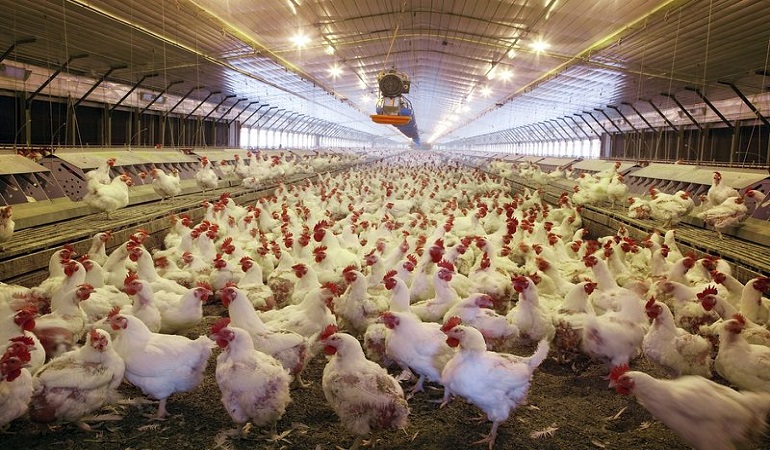
You may wonder what factory farms or concentrated animal feeding operations are. It’s quite a foreign concept to those who merely eat meat without thinking about where it comes from.
The factory farming industry meets the demand for cheap meat in large quantities to satisfy the ever-growing food market (at a cost to human health).
In theory, factory farms (also known as concentrated animal feeding operations or CAFOs) are large-scale agricultural production units that deliver meat in bulk using intensive farming methods. It doesn’t sound that bad, right?
The reality is that these CAFOs are venues for mass animal brutality and farm animals suffer daily inhumane treatment. The abuse at these intensive farming facilities is protected by laws that are there to safeguard the meat industry (and the wealthy and corrupt facility owners).
Animals are the ones who suffer needlessly in the name of mass-producing meat for human consumption. Factory farming harms animals raised there as they are kept in crowded cages, crates, and pens where they are denied their natural instincts, space to move, and sufficiently diverse diets, or they lack food.
Cruel Farming Methods
When I discussed the factory farm I had visited with a few friends, they asked just what was so bad about it.
I didn’t know where to begin explaining the abuse the billions of animals bred for human consumption suffered or how bad the entire setup is for public health. It’s a massive problem, with over 99% of meat production in the U.S. coming from factory farms or animal agriculture.

The sad short of it:
Total Lack of Concern for Nature’s Order
The animals I saw were kept in conditions that denied them room to move or spread their wings.
The mothers giving birth don’t have the right to raise their own offspring, and facilities showed a complete lack of consideration for instinctual behavior. Animals suffer disrespect for their bodies, and their ability to feel pain is ignored.
Lack of Basic Human Decency in the Treatment of Mass-Produced Farm Animals
Animals at farms like the one I visited slaughter animals while they are still immature babies.
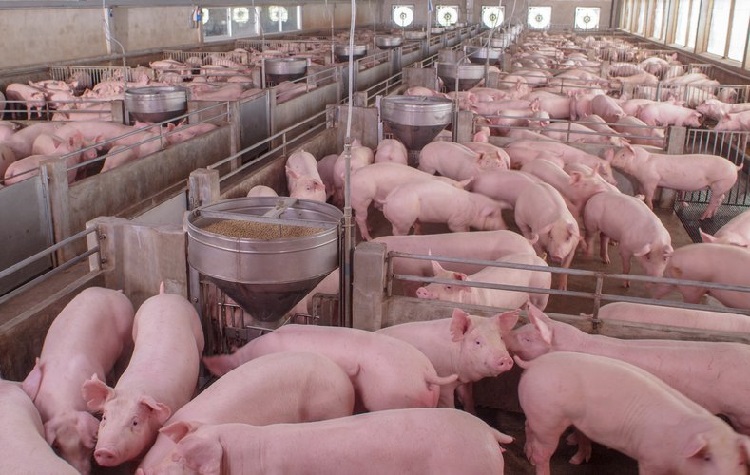
Horrendous practices like debeaking of chicks, disbudding of horns (even adult horns on cattle), and having the animal’s tail docked—all to ensure better meat quality and to eliminate supposedly violent behavior among animals.
Chickens suffer broken wings due to trauma from being crammed into tight spaces, while sheep are sheared at speed, inflicting serious injury. Lambs are taken from their mothers and slaughtered for meat before they can even walk correctly. Need I go on?
Administration of Growth Hormones
To ensure a better meat yield and specific consumer demands, animals are given growth hormones and steroids to ensure faster growth and intentional deformation of particular body parts like enlarged chicken breasts to produce more meat.
These hormones cause the spread of disease, and the unsanitary conditions and practices cause families to sicken due to illness.
Daily Acts of Pain and Aggression Toward Animals To Ensure Produce
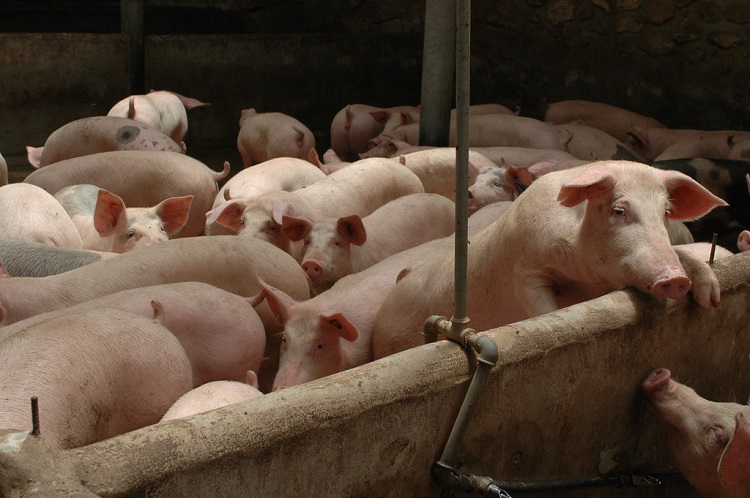
At another factory farm, I saw a report they had over 50,000 chickens suffocate in windowless sheds because of a power failure that cut off ventilation to the closed shed. Tens of thousands of chickens were packed into this confined area, with no room to move or breathe once the extractor fans switched off.
While this may seem like a once-off, the reality is that animals are forced to endure pain and violence daily at these facilities.
Continuous Breeding
Another cruelty suffered by breeding animals is the forced impregnation of animals to produce young offspring and eggs in bulk. Then, once the breeding animal is too old to continue reproducing, the breeding stock is often slaughtered without ever having met their offspring in their lives.
Violent Slaughter Methods
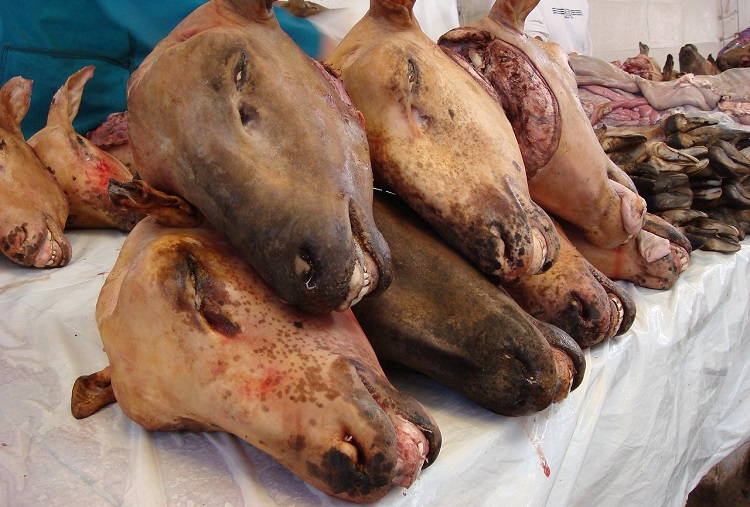
What makes factory farming cruel are the methods used to slaughter animals. Factory-farmed animals don’t have a peaceful or humane end. Often, these animals are slaughtered at speed to meet market demands. This means the animals may be slaughtered and dismembered while still alive and conscious.
How Factory Farming Impacts Human Health
The farm manager I met explained they had no choice in their methods since they had a responsibility to “feed the people,” I thought long about what risks such factory-farmed animals offer to the public eating them.
The research is dire. With all the growth hormones and antibiotics given to these animals, their meat becomes contaminated, and antibiotic-resistant bacteria start to affect regular meat eaters. Factory farms, therefore, threaten public health.
The intensive farming methods used and interbreeding of animals that produce genetically inferior but higher-yielding animals through selective breeding all lead to harmful meat products.
The proximity and crowded conditions cause animals to stand in their own feces their entire lives, which I believe results in a ripe environment for producing superbugs like swine flu, which is transmissible to humans.
In a “waste not, want not” attitude, these factory farms often feed the dead to the living. I’ve seen the bodies of animals ground up and fed to living animals. These farm animals were never intended to be omnivorous, so eating the flesh of their own kind results in diseases such as mad-cow disease.
How Are Animals Affected by Factory Farming?
The torment suffered by factory-farmed animals is beyond words, but I will try to explain a few of the regular methods animals are subjected to.
Confinement
Space is at a premium, so animals are kept in the confinement of small cages, crates, and concrete pits to enable more animals to be raised per square foot of each facility. The confined animals are highly stressed and, from what I saw, can’t even turn around in these small areas.
Stressed animals engage in biting behavior, and mutilation can result as animals engage in trauma-informed responses like compulsively rubbing on the sides of the pens and crates. Additionally, the workers are known for hitting animals at feeding times.
The confinement results in illness that workers transmit to their families, which risks human health. Animals raised in confinement also contract viruses and diseases easily, and often these animals are simply slaughtered.
Birds Debeaking

Chickens are treated the worst of all farm animals, and, in a standard procedure at these farms, chicks that are barely a few days old are often debeaked, where the tip of their beaks are cut off.
The painful procedure is done to prevent chickens from biting each other in the close confinement of cages where there are sometimes more than four chickens crammed into a space the size of a sheet of paper.
Tail Docking of Cows and Pigs
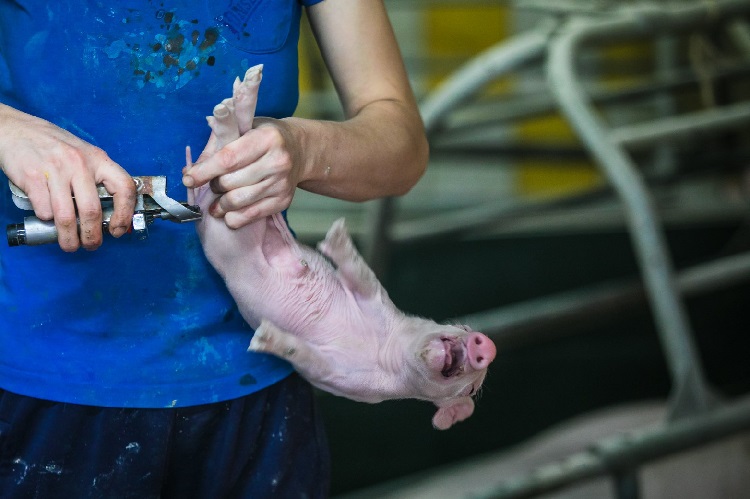
Stress and frustration result in tail eating by pigs and cows, which I’ve seen causes infections. Instead of finding a better way to manage the animals, the farmers I spoke to referred to tail docking as the “best” solution.
Tail docking is when the animals’ tails are cut off and the wound sealed with heat—without sedation or pain medication (#ouch).
Genetic Manipulation

Selective breeding contributes to creating “better” animals with more meat. The tender young become veal (aka baby cows—#yummy, right?), and a greater volume of milk and eggs are produced.
However, this genetic manipulation is also enforced by breeding animals that are still too young, overbreeding animals (regardless of the toll this takes on their bodies), and having a total disregard for basic animal rights.
Animals should be able to walk, meet nesting instincts, and fulfill social needs. Would you want to be turned into breeding machines like this?
Violence and Inhuman Treatment
The slaughter process is one of the worst acts of violence, and I couldn’t help but squirm.
Their life is harrowing, and the animals I saw live in unsanitary conditions where they often develop sores on their skin due to spending their whole lives in their own feces and among the bodies of their own kind. Carcasses aren’t always removed from the cages when animals die.
Animal Cruelty in the Meat Industry
Since most of these animals are raised to satisfy the meat industry, I will focus on the fate that awaits these animals and other species when their life ends.
Cows
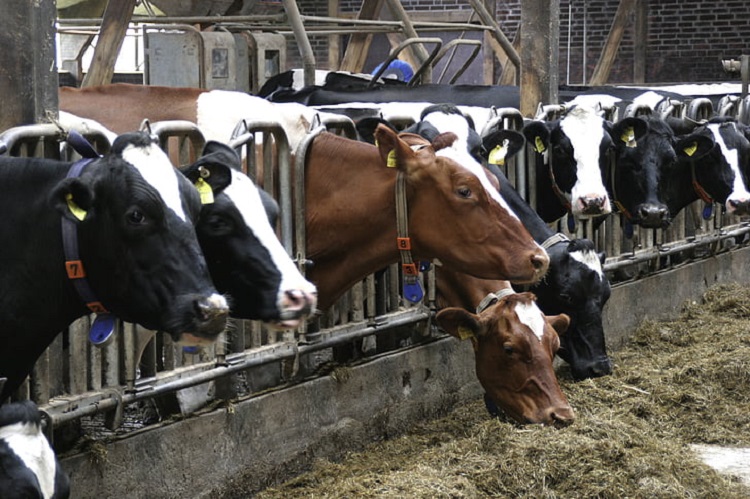
Meat cows enjoy some room to move until they are heavy enough for slaughter, which may be within their first year of life, as even baby cows are slaughtered to produce veal. A painful death comes at the end of a chute where a worker waits with a retractable bullet gun or fixed bolt gun.
The cow is stunned by the blow of the bolt to their skull. Once they are stunned, which may not render them unconscious, they are strung upside down, and death results from having their throats slit.
Cows are sometimes not fully bled out (or completely dead) when they are dismembered and processed for their meat and hides.
The milk production methods of dairy farms include forced impregnation of the cows, with the calves removed within hours of birth so the cow can enter the milking line. Calves are often then slaughtered for veal.
Pigs
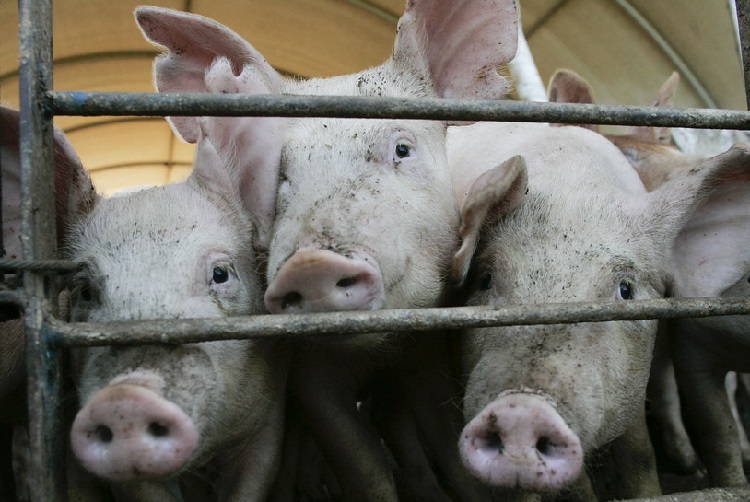
Pigs are often stunned unconscious by an electrical gun (in theory) before being strung up and their throats slit. CO2 poisoning can also be used, which is supposed to be more humane, though this method also inflicts pain.
Fish

Even aquaculture or fish farming is not free of cruelty. Fish are slaughtered by bashing their heads in or simply left to suffocate out of water. Watching the fish gasp, I know it’s painful, and fish do feel pain.
Chickens
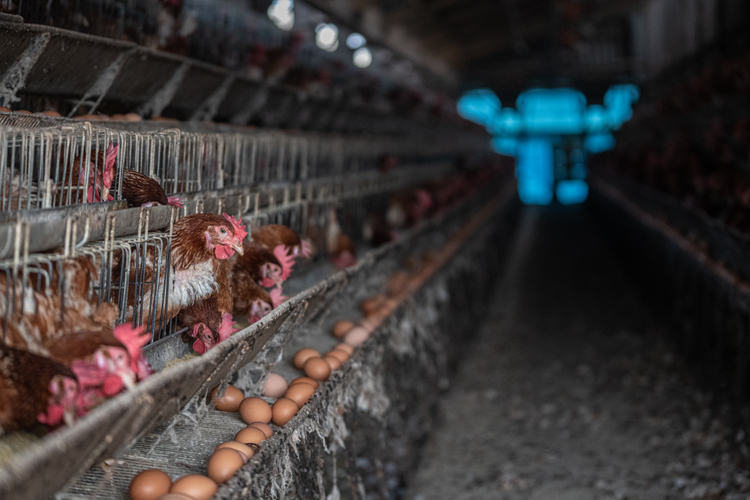
Chickens face the worst fate of factory farm animals. Additionally, there are no laws protecting poultry from animal barbarism.
The popular live-shackle method is when chickens are hung upside down from shackles, which often causes physical pain and broken bones. The chickens are killed by stunning them with an electrified water bath before their throats are slit.
Sadly, many chickens aren’t stunned by the shock, remaining conscious while their throats are cut, and even after that, they are aware of pain while dropping into a boiling bath to defeather them.
Egg production is equally cruel, with layer hens force-starved to trigger a second laying period.
Is Factory Farming Justified?
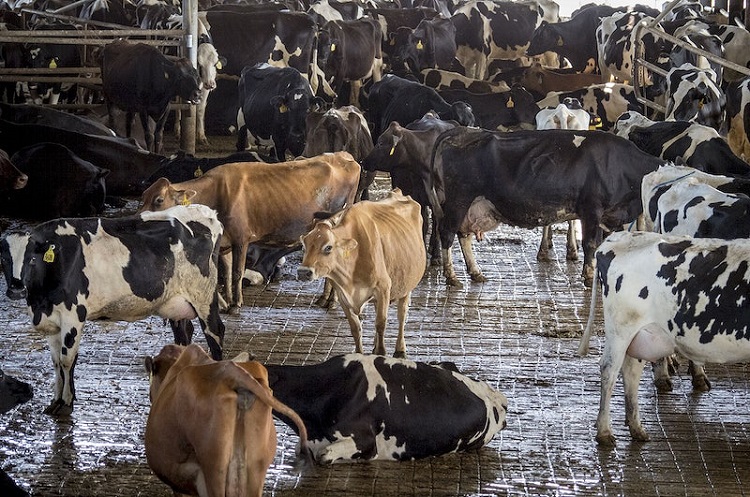
Do factory farms produce large amounts of cheap meat? Sure, if you’re happy to eat genetically modified meat loaded with growth hormones—I’m not, are you?
And even though these farms have high yields, the profit doesn’t justify the mistreatment and abuse of animals. From birth to death, animals are made to suffer when there are alternatives to factory farming.
Companies can still profit from ethically produced meat that protects farm animals from unnecessary harm and stress.
However, this would mean we’d need to create a system where the animals raised for slaughter are guaranteed a life where they live comfortably and longer instead of being slaughtered while still immature or in horrific ways that result in pain and dismembered while they remain conscious.
Factory Farming Animal Cruelty Statistics
You’ve heard me talk about what I saw and what the animals experience at these factory farms where cruelty abounds, but what do the numbers say?
Breeding hens are kept in small cages where they can’t turn around at all. Meat chickens are supposed to have a minimum space of 1.5 feet, though I’ve seen there are way more chickens in a broiler area than this requirement.
Cattle and swine that are tail-docked still suffer tail tip injuries due to the slatted floors of the pens they are kept in at factory farms. The cruel procedure has zero benefits since an increase in space, and better flooring are the real solutions to tail infections.
Other statistics include that animals are fattened up to three times their body weight, and over 25% of all antibiotics are manufactured for animals consumed in the meat industry.
Cows have a shortened life expectancy at factory farms, while 80% of pigs contract pneumonia at these facilities (bad air, anyone?) because they have no fresh air to breathe.
Protection Laws for Factory-Farmed Animals
Shouldn’t the law protect these vulnerable animals from cruelty and needless suffering? Sadly, it doesn’t. In fact, ag-gag laws prohibit the undercover investigations of factory farms—effectively shutting the door on corruption and cruelty. The only laws that are currently enforced in the U.S. are these:
The 28-Hour Law
The 28-hour law is a law that governs the conditions of transported slaughter animals. According to the law, no animal may travel more than 28 hours without a five-hour break, where they should be offloaded, fed, and watered.

However, the reality is that companies can request an extension of up to 36 hours, which results in severe trauma to slaughter animals. And this law doesn’t apply to poultry.
The Humane Slaughter Act
According to the humane slaughter act, animals must be handled humanely and in a non-abusive manner at slaughterhouses. Slaughtering and processing conscious animals is forbidden, but it happens daily. Again, poultry isn’t included in this law.
Which Laws Are Protecting Factory Farms?
Laws like the 28-hour law and the humane slaughter act only govern the movement and the killing process affecting factory-farmed animals.
As long as these facilities have a plan for nutrient management from manure and discharge management from water, there are no laws to hold them accountable for animal cruelty or testing against their farm animals.
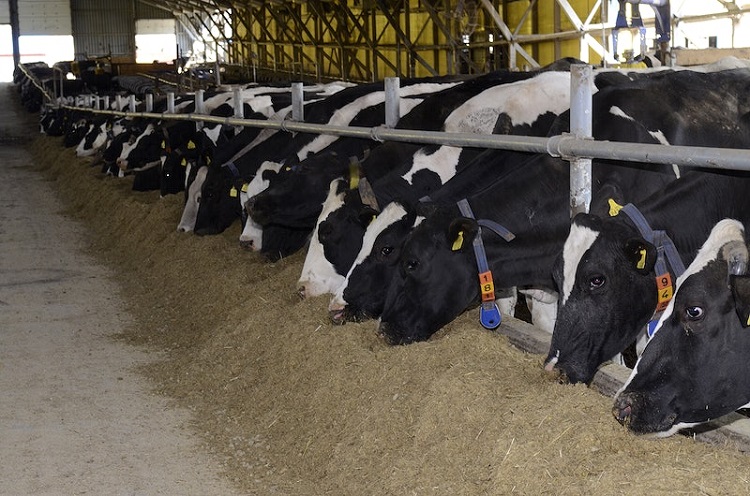
What Can Be Done To Bring a Change?
With these “so-called” laws offering no protection of animals’ rights to basic dignity and pain-free life, it’s time to act and demand a better way. Support your local animal welfare organizations to improve site inspections and create better conditions for animals crammed into small spaces.
While alive, each species of these farm animals should be treated to avoid unnecessary pain and injury-related deaths. The ag-gag laws need to be relaxed to allow the media access to locked facilities, and the impact of factory farms on public health needs to be scrutinized.
The meat industry has a deadlock on the protein market, but there are alternatives like a plant-based diet, where meat can be excluded in its entirety (it’s healthier too).
I cannot sit by while animals live their lives in confinement and are skinned alive or watch profits replace our humanity, can you?
Conclusion
Make a change and save our next generation and families by choosing plant-based alternatives, which are healthier than meat, and help save the sows, chickens, cows, ewes, and other animal species.
You can even turn around the rise of diseases and ensure factory-farmed animals are comfortably housed for a cruelty-free life.


